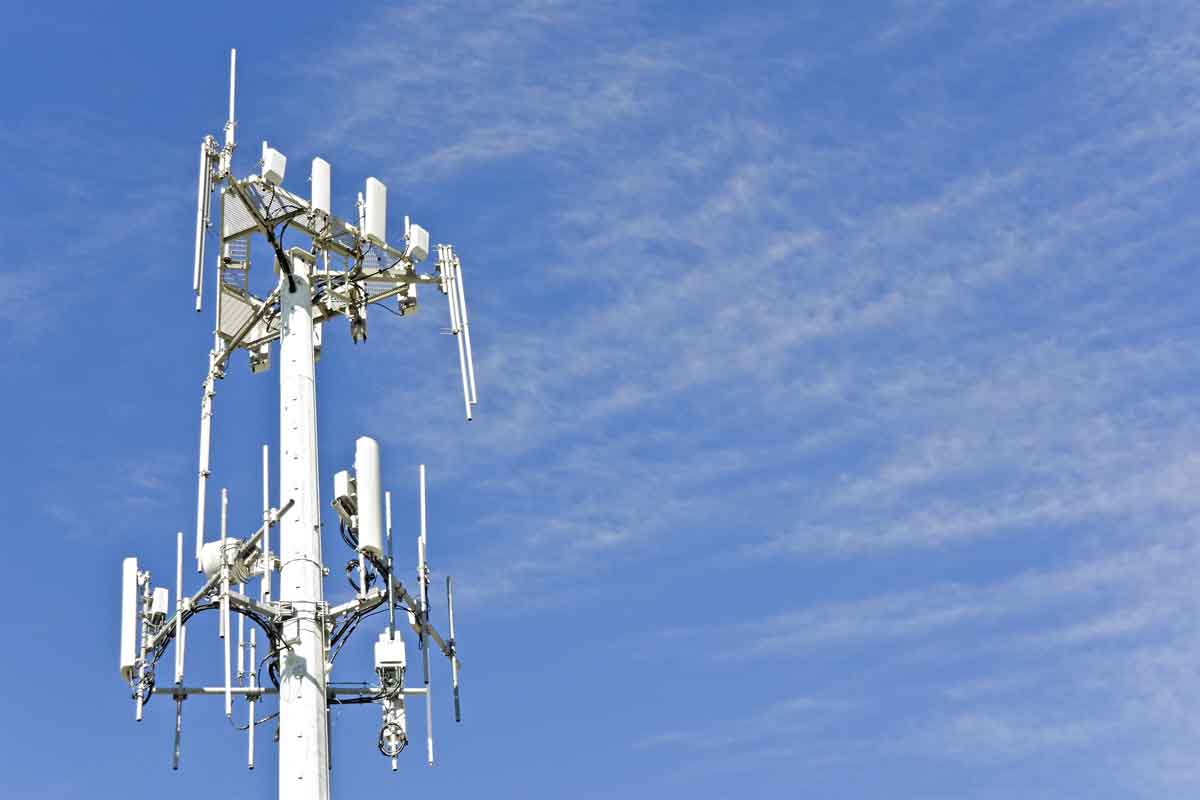What is the safest distance from your 5G cell System?

If you've ever walked through a town you might have noticed tiny mini 5G cell towers placed on poles for street lighting. They appear like tiny boxes, but they're actually broadcasting wireless signals from cell phone providers to your mobile.
They are replacing the larger built cell towers. While they're less noticeable, they still can cause issues for users.
A of the FCC's Radiation Exposure Thresholds
The FCC's Radiation Exposure Thresholds define the safe distance that an individual can be exposed to electromagnetic energy generated by wireless devices. The exposure limits are based upon scientific research that prove that electromagnetic energy could be harmful to health.
The absorption rate specific (SAR) is an indication of the amount of radiofrequency energy absorption by tissues. what is a safe distance from a cell tower 's typically 1.6 milliwatts per kilogram spread over a kilogram of tissue.
However, because 5g transmits at higher frequencies this could be able to cause greater energy intensity on the skin as well as other body areas. This could result in a wide range of potential harms, including exacerbated formation of skin disorders like dermatitis, cataracts, and skin cancer.
Because of the potentially negative effects of 5G radiation, PSU has chosen to create a general limits on power density, which is 4mW/cm2 averaged over 1 cm2, but not to exceed 30 minutes for all 5G services running at 3000 GHz. This localized limit is in accordance with the highest spatial-average SAR of 1.6 W/kg averaged over 1 grams of tissues at six GHz.
safe distance from cell tower for Maximum Exposure
If you've ever operated a cell phone, you're probably aware that a safe distance from the tower is at least 400 meters away. This is because the power of transmission from the cell tower is significantly increased the farther you are from it.
While this sounds like something that's good, the reality is that people living in close proximity to towers could be more prone to health problems. For example, a study from 2014 in India discovered that those living within 50 meters of cell towers had significant more health issues than those living further distance from them.

But, the study revealed that those who relocated to areas that were further from cell towers noticed their symptoms improve within a couple of days. Studies have also shown that exposure to high frequencies of radiofrequency electromagnetic fields (EMFs) could cause brain tumors, cancer and other health issues.
This is due to the fact that radiofrequency radiation, which is used in wireless communication, can penetrate the human body's outer layer, which is the skin. This is important to understand since the skin functions as a shield against injury to the body, infection from pathogenic microorganisms, as well as entry of toxic substances. It is also the biggest organ in the human body, and is accountable for protecting other organs.
The FCC's Minimum Exposure Thresholds for the Minimum Exposure
The FCC's Minimum Exposure Thresholds rely on numerous assumptions that are not supported by evidence from science. This includes the false assumption that exposures to RF radiation are safe due to the limited penetration into the body (i.e. thermal heating of tissue).
This assumption does not take into account the greater penetration of ELF parts of modulated RF signals as well as the consequences of short bursts of heat caused by RF pulses. safe distance to live from cell phone tower are not compatible with current knowledge of the biological effects of RF radiation. Therefore they should not be considered for health protection exposure standards.
Additionally to that, ICNIRP and FCC limit their maximum exposure limits to local peak SARs based on the maximum spatial specific absorption rate (psSAR), which can be described as not a reliable dosimetric instrument for determining the level of exposure to RF radiation. In particular it is inconclusive when frequencies exceed 6 GHz. In addition, psSAR is not been evaluated for RF radiation exposed to other environmental agents , such like sunlight. Interactions of RF radiation and other environmental agents may produce synergistic or antagonistic effects. This could result in the risk of having adverse health effects. For instance, exposure to RF radiation along with exposure to sunlight can raise the chance of developing skin cancer and exacerbate other skin disorders, such as acne.
